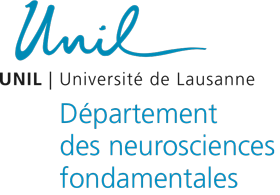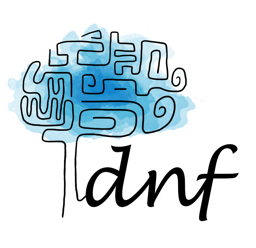PRESENTATION
Movement disorders often develop as a result of brain and spinal cord injuries, neurodegeneration and neurodevelopmental disorders. Despite recent progress in defining neuronal populations in the spinal cord, our understanding of their role in disorders remains limited. However, given the crucial role that spinal neurons play in integrating sensorimotor signals and the execution of motor function, their significance is evident. Leveraging a molecular systems neuroscience approach that combines single-cell sequencing, spatial transcriptomics, anatomical viral tracings and optogenetic manipulations, the Kathe Lab aims to map the different spinal neuron populations, revealing their diversity, function and their multifaceted responses to pathological conditions.
Kathe Lab work is a significant step towards unravelling the intricacies between the structure, connectivity and function of spinal cord in health and disease. Defining the contribution of each neuronal subpopulation to complex behaviours like walking, and how these change in pathological conditions will help to refine therapeutic interventions for movement disorders in the future.


